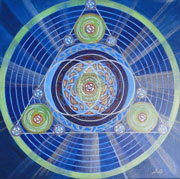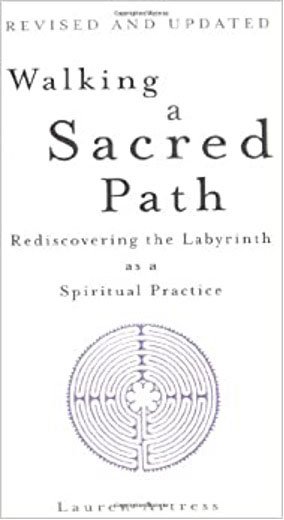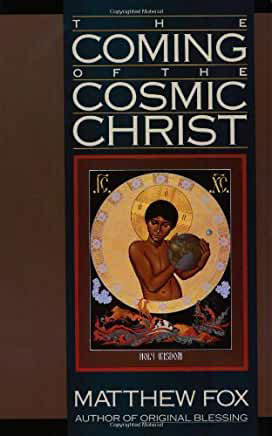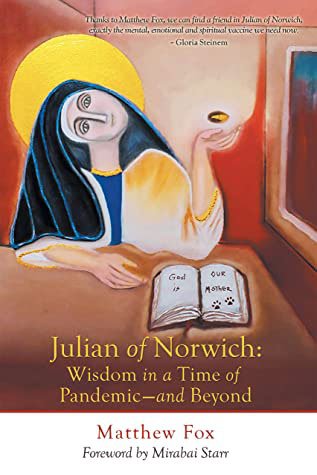LAUREN ARTRESS
Lauren Artress reintroduces the ancient labyrinth, a walking meditation that trancends the limits of still meditation, and shows us the possibilities it brings for renewal and change.
'Walking the Labyrinth' has reemerged today as a metaphor for the spiritual journey and a powerful tool for transformation. This walking meditation is an archetype, a mystical ritual found in all religious traditions. It quiets the mind and opens the soul. Walking a Sacred Path explores the historical origins of this divine imprint and shares the discoveries of modern day seekers. It shows us the potential of the Labyrinth to inspire change and renewal, and serves as a guide to help us develop the higher level of human awareness we need to survive in the twenty-first century.
What is a labyrinth?
The labyrinth is a walking meditation, a path of prayer and an archetypal blueprint where psyche meets Spirit. It has only one path that leads from the ends. Unlike a maze where you lose your way, the labyrinth is a spiritual tool that can help you find your way.
Labyrinths are usually in the form of a circle with a meandering but purposeful path, from the edge to the centre and back out again. Each has only one path, and once we make the choice to enter it the path becomes a metaphor for out path through life, sending us to the centre of the labyrinth, and then back out to the edge on the same path.
The labyrinth is spiritual tool meant to awaken is to the deep rhythm that unites us to ourselves and to the Light that calls from within. In surrendering to the winding path, the soul finds healing and wholeness.
Walking the Labyrinth quiets the mind, opens the heart and grounds the body ... Some find answers to questions long asked, some find healing, creativity, or a sense of wholeness
By comparison. mazes offer a choice of paths, some with many entrances and exits. Dead ends and cul-de-sacs present riddles to be solved. They challenge the choice-making part of ourselves. This is different from the labyrinth, which has one path, into the centre and back out again, and no tricks or dead ends.



